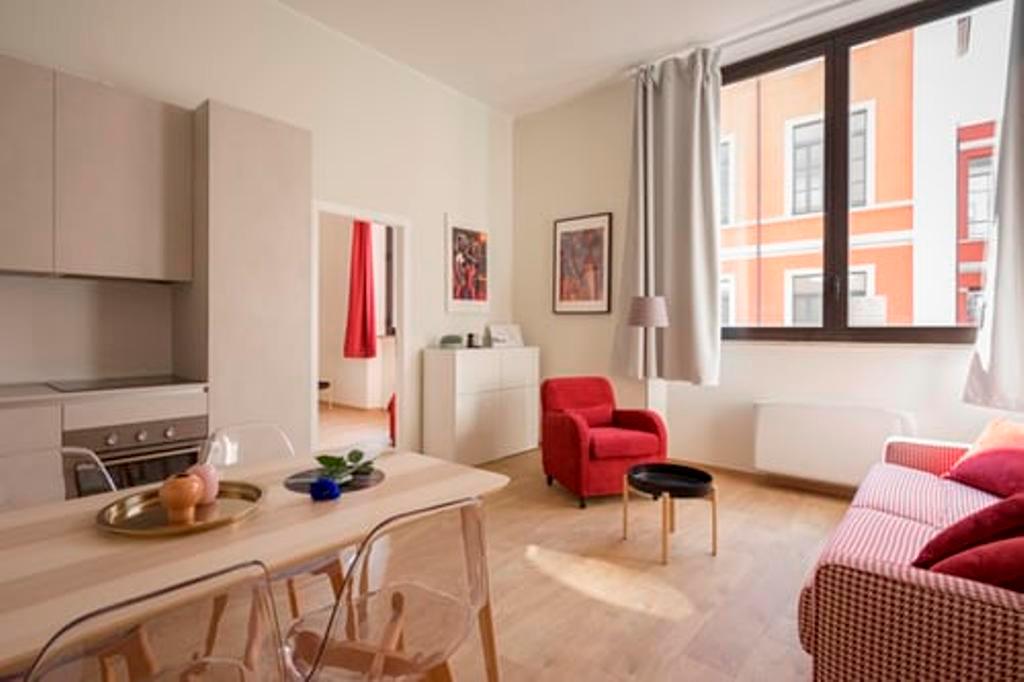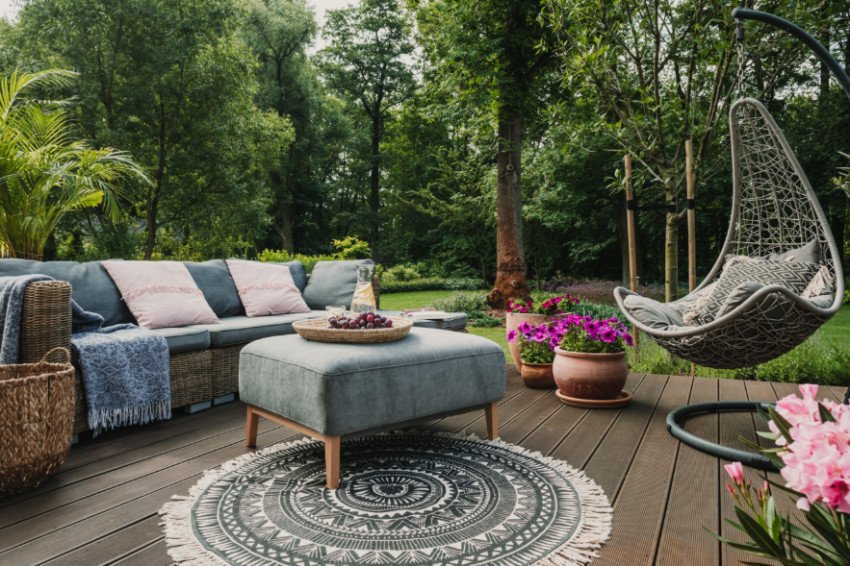With so many color options, picking the right color paint for your interior can be intimidating. But it does not have to be that way. The tips below will help you choose the color for your home interior easily.
1. Find Inspiration
With the many professionally designed color schemes that you can take advantage of, you don’t have to start from scratch when choosing paint for your home’s interior.
Ask yourself how you would like your interior to feel and look. Look around and see if there are things that have the color that appeals to you. It could be artwork, fabric or anything else. Just make sure they have at least three colors without counting neutrals (white, black, brown, beige, and gray.
The items that you’ve selected will be your inspiration pieces. Pick colors directly from them.

2. Use Testers
After you’ve gained your inspiration, you should now test the colors to see if they match with your rooms.
Get testers in the colors/shades and paint a sizeable area of your walls so you can see how the paint behaves at different times of the day. But avoid testing your paint against white walls as this will not give you a clear feel of what to expect. If you must test white walls, do it on a larger area.
It is better to spend a few dollars on testers before buying a large amount of paint as this will help prevent loses, plus you can use the leftover testers for touch up.
Give the test areas up to seven days so you can get the feel at different times of the day.
3. Stick with Neutrals
Don’t get me wrong. I am not saying that you avoid colors altogether. But again you should not ignore a color just because it is neutral. You can bring a unique feel to your room by getting creative with neutral colors.
A wall in neutral colors will add tons of style to your room while maintaining a relaxed atmosphere.
4. Decide Which Walls to Go Bold
You can also use your inspiration to decide which part of the room should go bold.
While walls aren’t the only focal point of your room, they play a significant role in shaping your room’s atmosphere.

If you decide that the attention of your room should go to the walls, then you should go bold. Here is the trick. If you choose to go bold on the walls, you should go neutral on everything else in your room. This will remove “competition” in your room and give your room a calm feeling. One way to achieve this is through the 60-30-10 rule.
The rule suggests that you apply 60% of all the colors in your room on the walls. It can be the background or the lighter colors in the inspirational piece. Apply 30% of the color on the furniture, which should be either neutral or medium colors. You can apply the remaining 10% on your accessories. Here use the brightest colors.
5. Understand the Color Terms
It is important to understand the terminology used in describing colors as this will help you in choosing the right paint for your house. For instance, the hue is the color; intensity is the color brilliance; the value of the hue is how dark or light it is, etc.
Using a stronger and more intense color creates a more active space. To achieve a light-colored room, go for slightly more saturated colors than light-pastel or off-white. Using a very light color can bring a bright and stark feeling.
However, you can get a luminous effect in your room when you use two or more pastel colors.
6. Color Combinations
Colors offer the single most effective way to update your interior. If you’re bored with one color, you can use classic color combinations in your room.
You can create subtle or bold variations within one color group with different paint finishes. For instance, you can use closely related colors in contrasting finishes for wall and trim color combinations.
You can get an accent color by selecting a warmer (possibly red) or cooler (possibly blue) for complementing the main color group.
7. Paint Finish

It is important to pick the right finish for your paint. The kind of finish that you choose will determine how the paint will appear.
A flat finish used on walls makes the color appear deeper and richer. Some prefer a matt finish when it comes to textured walls. Avoid using a glossy finish for damaged walls, as this will highlight imperfections. Instead, you should use a matt.
Use satin on wood and trim as it gives a soft, elegant sheen without a glossy glare. And don’t forget to choose the perfect color for your ceiling too.


